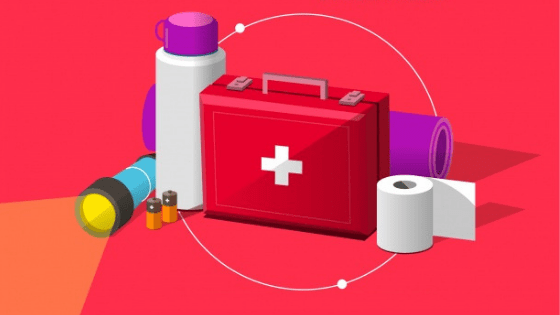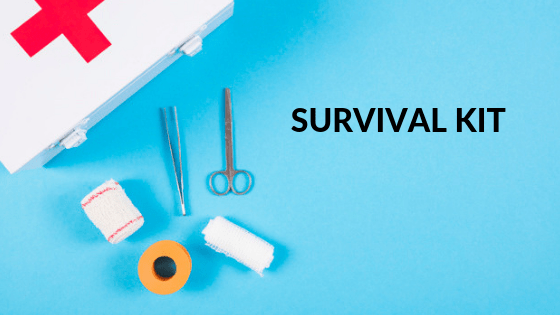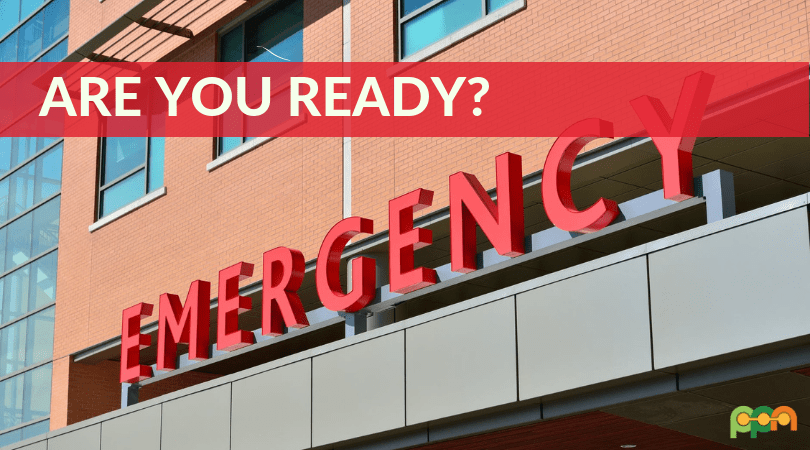While you can’t stop a disaster from happening, you can prepare for it. Emergency preparedness is a shared responsibility. That means everyone has an important role to play, including individuals, communities, governments, the private sector, and volunteer organizations.
Basic emergency preparedness starts with each individual. Because in dire situations, when first responders may not be able to reach you, being prepared keeps you from needing emergency help while allowing responders to handle the cases that do. Staying prepared also reduces the impact of an emergency on your life and makes you more capable of dealing with the chaos of the unknown – not to mention potentially avoiding danger altogether.
This blog will walk you through the process on how to prepare for a natural disaster, how to act if one occurs, and what actions to take – because disasters happen quickly, which means you must be prepared to act swiftly.
Preparing for worst-case scenarios and recovering from catastrophes can mean the difference between staying safe or suffering loss, and feeling prepared can bring everyone peace of mind.
So let’s start by throwing the BIG QUESTION….
How to Prepare for an Emergency?
When it comes to preparing for an emergency, your first defense is always knowledge. You need to know the types of natural disasters that could occur in your area, as well as the best ways to handle each one. By knowing what the specific risks there are, you can better prepare for them and improve your chances of getting through the emergency with little risk.
Here’s how:
To prepare for a disaster, be ready to be self-sufficient for a minimum of three days. This means having the ability to provide the following for you and your family:
- Shelter
- Food
- Water
- Sanitation
- First aid
Being prepared for emergencies or disasters simply means being properly equipped with all of the supplies you and your family might need if grocery stores or outside help were suddenly no longer accessible.

Remember, when building your emergency supply kit, start with the right container. Choose something that is waterproof and easy to carry, like a waterproof pouch. For your home kit, you may need multiple containers.
Here’s what you need to make it through the first three days:
- Water. At a minimum, keep one gallon of water per person per day. It’s important to keep yourself hydrated all the time. If you can store more water, do so. Make sure that any water you use for drinking, washing or preparing food, cleaning dishes or brushing your teeth is not contaminated so you can avoid waterborne diseases.
- Food Supplies. Non-perishable goods such as canned vegetables, soups, and powdered milk provide your family with nutrients when cooking or preparing food is minimal. Strive to have around 2,000 calories per person per day to consume.
- First-Aid Supplies. If you end up in an emergency situation, there’s a good chance you’ll have to do some level of first aid on someone. While it may be as simple as putting a bandage on a toddler’s knee, it could also be as stressful as stitching a wound on that same child’s head. In your emergency kit, be sure to include more than just bandages and creams. Bring medicines, surgical scissors, needles, threads, and syringes. Include a week’s worth of any prescription medications you and other family members take.
- Emergency Supplies. Almost as important as first-aid supplies, safety supplies are essential too. Include emergency blankets, equipment to start fires, flashlights, multi-tools, knives, a whistle, and a compass. Having an emergency kit could easily save your life, your children, or a complete stranger. Remember, it’s better to be prepared than sorry.
- Secure your Important Files. In your emergency kit, be sure to keep copies of all your important documents. These include your identification card, insurance cards (medical, house, auto, and life), birth certificates, passports, social security cards, marriage licenses or driver’s licenses, and your emergency disaster plan – which includes the contact information for everyone in your family, as well as out-of-state family, emergency services in the area, and anything else you might need. Keep these inside a waterproof container within your disaster kit.
- Don’t Forget To Bring Other Important Items. This include, personal care items like toothpaste and shampoo, a battery-operated radio, a small amount of cash, preferably in small bills, credit card, map of the local area, and emergency contact list, including names, phone numbers, and addresses.

Every six months, revisit your disaster preparation kit. Make sure the things included are still relevant and replace what’s needed. Check the expiration dates on food, water, and medications – and if they’re getting close, replenish them.
Everyone needs to be prepared for emergencies. While it may not be the end of the world as we know it — when unlikely things happen, you want you and your family to be as prepared as possible. Natural disasters may strike anytime so it’s highly important that you get yourself prepared and ready for what is coming.
Emergencies happen when we least expect them so having an emergency plan in place will save us time and will make the situation less stressful. Emergency preparedness saves lives. And while having an emergency disaster kit and evacuation plan are important, knowing the specifics about the disasters you’re most likely to be involved in can help you even more. So don’t stop seeking and learning more about emergency preparedness. Equipped yourself and spread the awareness amongst your family, friends and your community.
